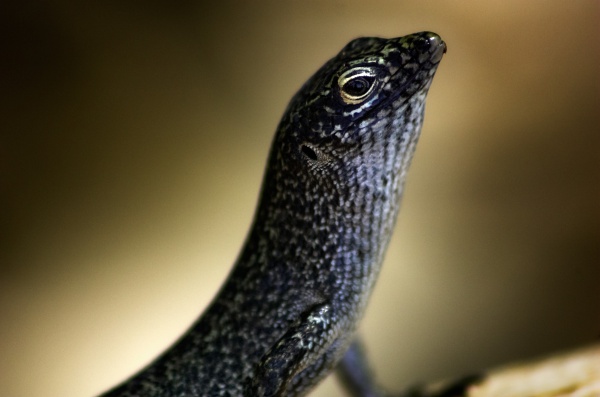Facts About Noronha skink
The Noronha skink is a captivating little lizard that inhabits the island of Fernando de Noronha, off the northeastern coast of Brazil. These skinks are easily recognizable by the dark and light spots adorning their backs and typically range in size from 7 to 10 cm in length. They have a diverse diet, consuming insects, plants, and even nectar from the Erythrina velutina tree.
However, life is far from ideal for the Noronha skink. Feral cats and parasitic worms have become significant threats to their survival.
The journey to classify the Noronha skink accurately has been a complex one. Initially confused with other species such as Trachylepis maculata, it has finally been classified under the name Trachylepis atlantica, part of the African genus Trachylepis. Scientists believe these skinks arrived in Fernando de Noronha from Africa, likely by hitching a ride on floating vegetation.
In terms of physical appearance, these skinks have distinct scales and maintain a consistent size range. They are quite active during the day and are adept climbers. Their diet is varied, comprising various plant materials and insects. Interestingly, they have been observed pollinating the Erythrina velutina tree and even consuming human food like cookie crumbs.
Despite their adaptability, Noronha skinks face significant dangers from non-native species such as feral cats and cattle egrets. They also contend with parasitic worms, with the nematode Spinicauda spinicauda being a common adversary. Genetic studies indicate that the Noronha skink is closely related to tropical African species of Trachylepis, supporting the theory of their transoceanic journey from Africa.

 Colombia
Colombia